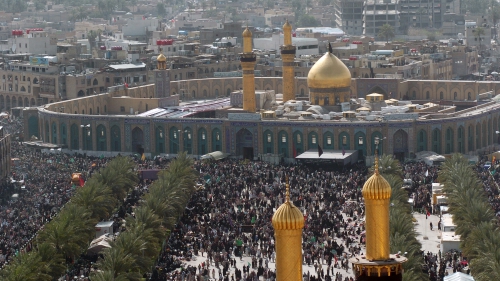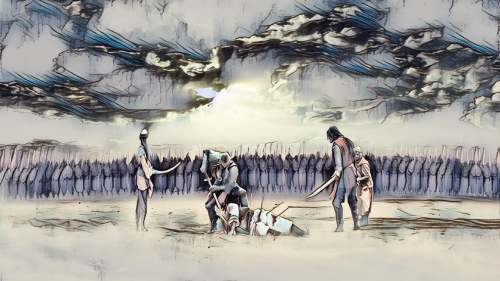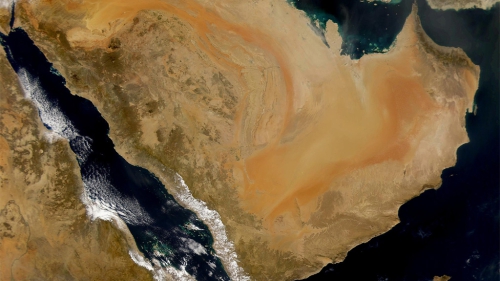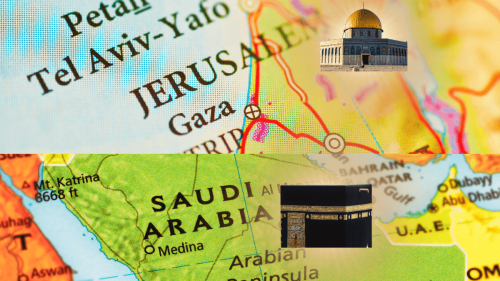Death of Fatimah bint Muhammed - Controversy and Tragedy

Fatima RAa the daughter of the Prophet Muhammed ﷺ, is widely accepted by ALL Muslims to be among the most honorable of all women.
Events after the Prophet’s ﷺ life and how she died are obscure and contentious and have divided Muslims between Shia and Sunni for centuries.
Following the death of Muhammad ﷺ, the Muslim community experienced turmoil and division. Abu Bakr RAu, a close friend and father-in-law of the Prophet ﷺ, assumed the title of Caliph. However, some individuals believed that only Ali RAu was the rightful heir of Muhammad ﷺ. Since the Prophet ﷺ had not left instructions on succession, Abu Bakr's RAu position prevailed. Ali RAu was not part of the committee that determined the community's future, and some members of the group advocated for a return to tribalism and home rule, a move that could have created further issues down the line.
According to several sources, Umar ibn al-Khattab RAu, who would later become the second Caliph of Islam, confronted Ali RAu outside his house after Muhammad's ﷺ death. Some sources suggest that Fatimah RAa, Muhammad's ﷺ daughter, was present inside the house or came out during the altercation. Umar RAu demanded that Ali pledge his allegiance to Abu Bakr RAu, who had assumed the title of Caliph. Some narrations suggest that the situation became heated, and Umar's temper flared, resulting in him making threats to coerce Ali's RAu allegiance to Abu Bakr RAu.
The accounts regarding what happened next differ, with some sources claiming that the argument did not turn into a physical confrontation. Early sources make no mention of any physical violence. However, later sources from the 10th century CE and beyond describe physical violence. These accounts are inconsistent, and there is much debate over the chronology of events. There are multiple versions of the story, each with different details.
Some versions of the story suggest that Fatimah RAa was pregnant at the time and that the confrontation resulted in her miscarriage. However, sources predating the 10th century CE suggest that the child, Mohsin, had died in infancy and that Fatimah RAa was not involved in any physical confrontation.
It is important to note that the events surrounding the confrontation between Umar RAu and Ali RAu and its aftermath are contentious and have been a source of division among Muslims for centuries. While it is crucial to understand the historical context and events, it is also essential to approach the topic with sensitivity and respect for different perspectives and beliefs.
After reconciling with Abu Bakr, RAu Ali RAu adopted Muhammad ibn Abu Bakr, one of his sons. Muhammad remained a devoted follower of Ali RAu until his murder by a general working under Muawiya, Ali's RAu rival. During Umar's RAu reign as Caliph (634-644 CE), Ali RAu served as his deputy and provided guidance on various critical matters such as the Islamic calendar's development and implementing development initiatives throughout the empire. Umar RAu married Ali's RAu daughter Umm e Kulthum bint Ali to reinforce his connection with both Ali RAu and the Prophet, who had married one of Umar's RAu daughters. However, some Shia sources dispute this account while others support it.
Regardless of which historical account one subscribes to, it is possible to respectfully disagree without compromising one's character and behavior. Ultimately, all Muslims honor the life and legacy of Fatima bint Muhammed RAa , who is widely regarded as one of the most pious and inspiring figures in the history of Islam.
Topics: History, Shia-Sunni Relations
Views: 2815
Related Suggestions
















